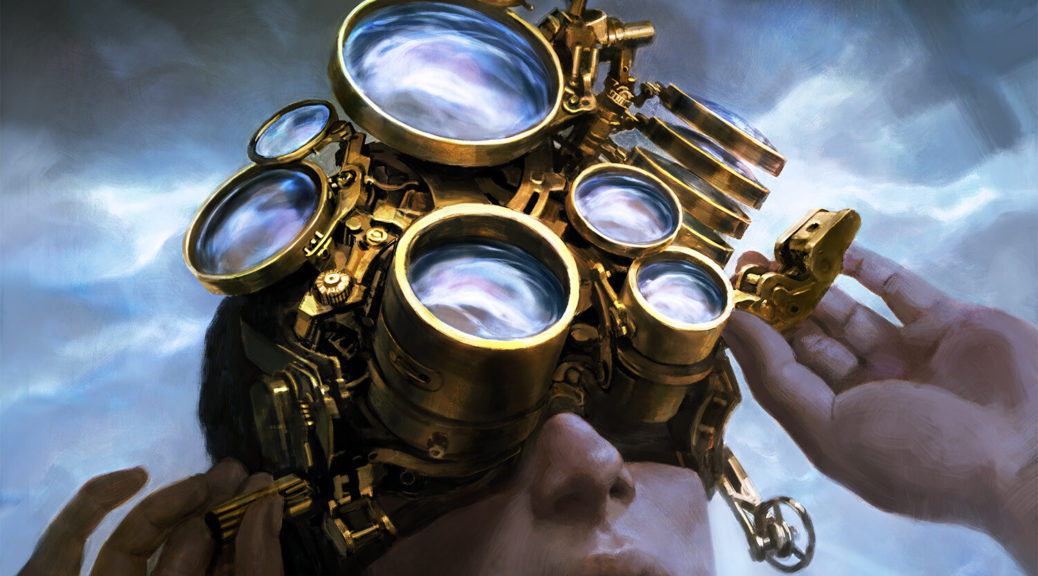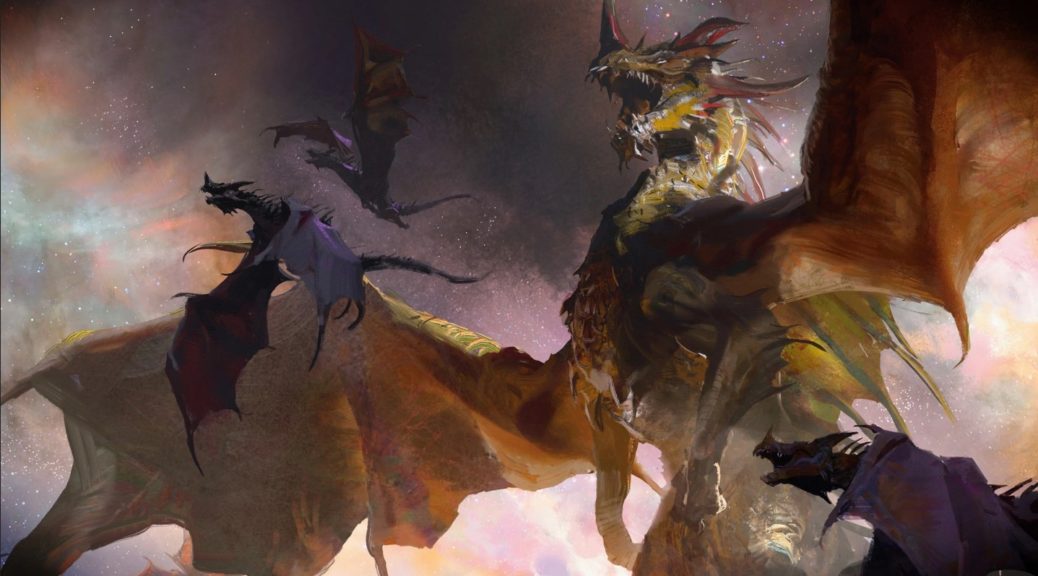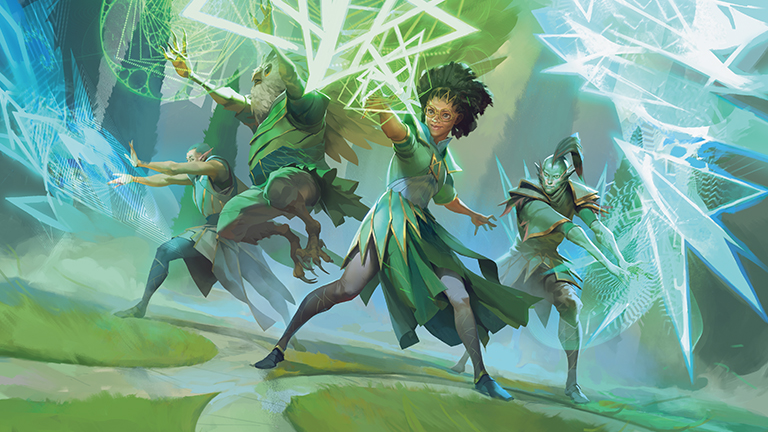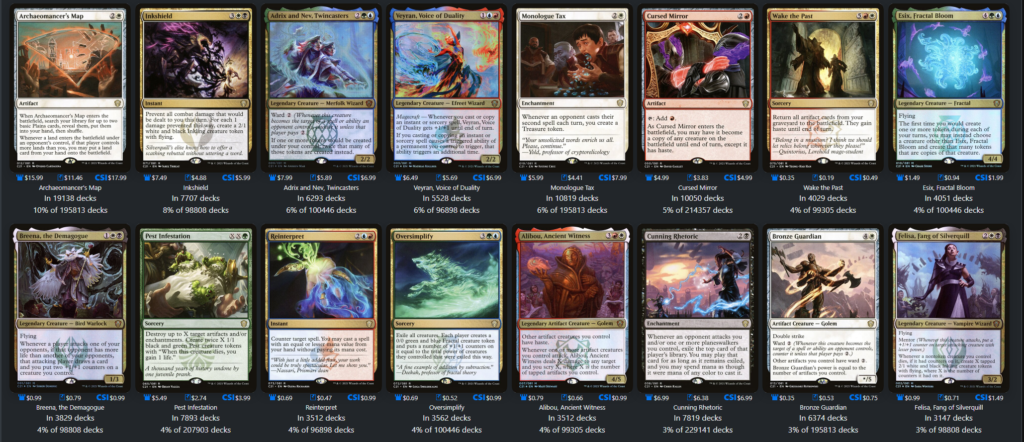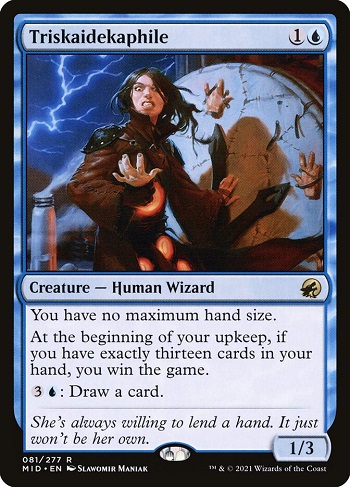It’s always refreshing to see people bringing new ideas to the table in Modern, especially when it’s a new piece of tech for an already established archetype that can shake things up a bit. Today I’m looking at just that – some innovative takes on both old and newer decks on the Modern scene.
Tourach, Dread Cantor (OBF)
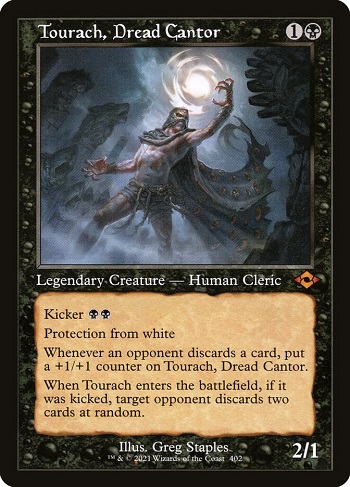
Price today: $12
Possible price: $25
Jund? In 2022? It’s more likely than you’d think. Over the past couple of weeks, Jund has become a more and more popular choice in the Modern metagame, with some of the old favourites in Tarmogoyf, Thoughtseize and Wrenn and Six, plus some newer tech in Tourach, Dread Cantor. This little two-drop is in a pretty good place in the metagame right now – as well as getting buffed from your discard spells, the protection from white is huge against decks like Hammer Time that have mostly white threats carrying their equipment, as well as being Solitude-proof.
Now can anybody tell me why the retro foil versions of this is only $2 more than the retro non-foil? No? I’m not really sure why either, but the fact is that you’d only be paying $12 over $10 for the foil rather than non-foil here, and I think that the foils will start to push upwards pretty soon to correct that. The foils are already a bit pricier than that in Europe (where the non-foils are actually slightly cheaper), and we should soon see the US market follow that trend.
This isn’t a huge EDH card but the low supply doesn’t need much demand to push the price up, and a few Modern and EDH players here and there wanting pretty versions will be enough to start draining the market. If you want any personal or spec copies then now is the time, and I think these are a slightly better pick than the borderless version of the card which has higher supply and, let’s be honest, a worse frame.
Kor Outfitter (Foil)
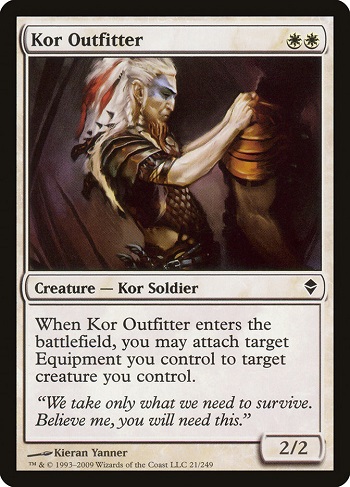
Price in Europe: €2 ($2.25)
Price in US: $12
Possible price: $15
Speaking of Hammer Time (as we always seem to be when discussing Modern these days), that deck has seen some new innovation as well. Kor Outfitter has been picked up as another piece of tech to put your huge equipment in the hands (or wings? Don’t ask me how an Ornithopter is supposed to carry a Hammer) of your creatures without paying the exorbitant cost for it, and although not a huge number of people have picked it up yet, the lists it’s been in have been putting up strong results.
A common with a single printing all the way back in original Zendikar, foils of these are already pretty scarce, and a NM copy is going to set you back $12 on TCGPlayer. Over in Europe however, you can grab a few at the €1-2 mark, and if you’re not too sluggish about it then you could easily ship some over to the US for a tidy profit. It’s also worth looking around in the US for any cheaper copies too; I’m sure there will be some stores that still have copies at the old price that you can chuck straight on TCGPlayer or eBay.
Wishclaw Talisman (EA)

Price in Europe: €3 ($3.50)
Price in US: $9
Possible price: $20
I don’t think that this is actually very new tech, but it’s an older deck that’s seeing a little bit more play in Modern and so I thought I’d give it a mention regardless. The Twiddlestorm deck puts Lotus Field coupled with a bunch of Twiddle effects to good use, and was a prominent force in the Modern meta a little while back before shrinking into the background a bit. Now it seems to be making a small resurgence, with a few different variants flying around and a lot of them playing Wishclaw Talisman.
Using a Twiddle effect on the Talisman enables you to search for multiple cards with it before handing the Talisman over to your opponent, sometimes even with zero counters left on it, rendering it useless to them. Some of the decks are going for a Grapeshot or Empty the Warrens win, with others opting for a Thassa’s Oracle or even grabbing an Aeve, Progenitor Ooze from the sideboard to overwhelm the opponent with Oozes.
Being a very popular EDH card, FEA Wishclaws are already $45 in the US and in very low supply, and EAs at $9-10 looking to push upwards too. Over in Europe though, you can find EAs as low as €3 (and some FEAs around €20 which aren’t bad pickups either), and that makes for some nice arbitrage. I expect to see non-foil EAs push $15 before long, and could climb as high as $20 without a reprint soon.
David Sharman (@accidentprune on Twitter) has been playing Magic since 2013, dabbling in almost all formats but with a main focus on Modern, EDH and Pioneer. Based in the UK, he’s an active MTG finance speculator specialising in cross-border arbitrage.
